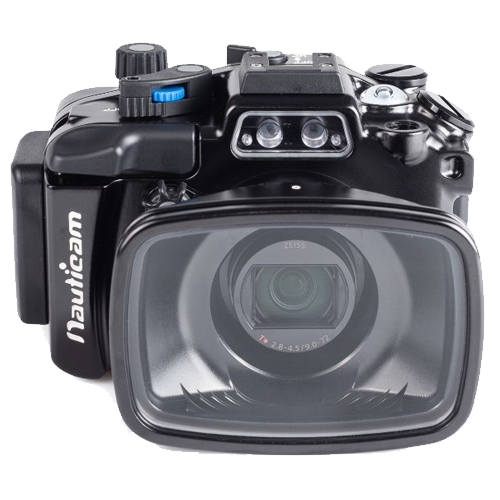Sony RX100 VI Underwater Camera Review
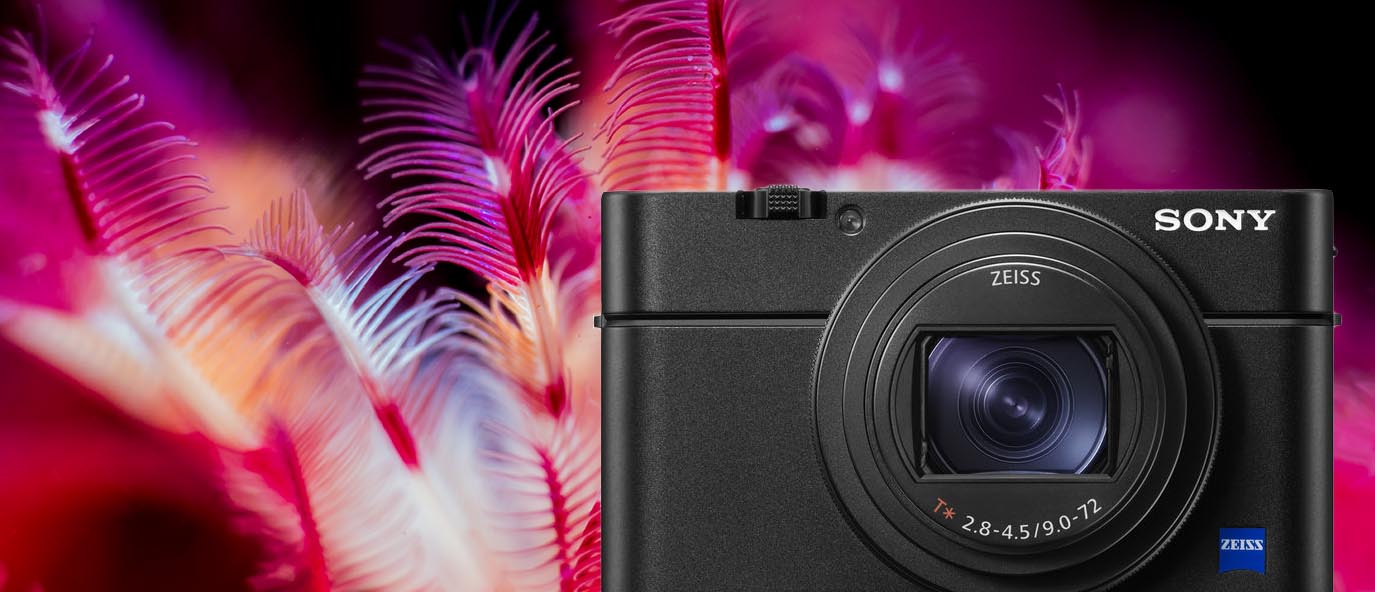
Sony has announced the newest model in their premium compact RX100 lineup - the Sony RX100 VI. Along with the fantastic image quality, burst shooting speed, and other impressive specs of the RX100 V, the RX100 VI brings with it a few key upgrades: a telephoto lens, improved autofocus, improved video capabilities, and a touch screen. Although slightly more limited than the Sony RX100 V for choice of shooting macro or wide angle underwater in a given dive, the new 24-200mm f/2.8-4.5 lens lets macro lovers reach new frontiers in super macro photography.
US retail price: $1,199.99
Purchase the Sony RX100 VI at Bluewater Photo
| Key Specs and Upgrades | Features | Camera Comparison Chart |
| Best Lenses | Best Housings | Sample Photos |
| Underwater Settings | Conclusion |
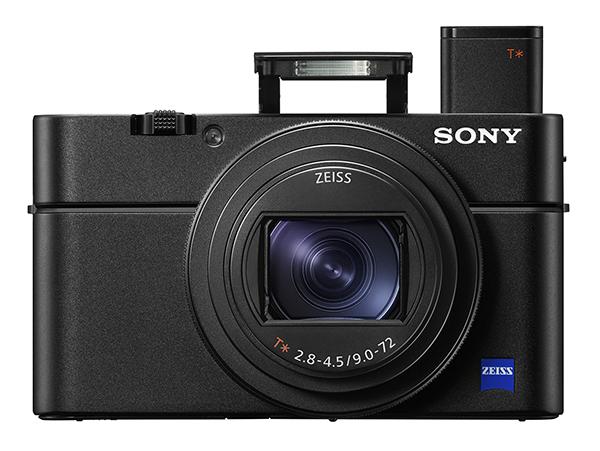
Key Specifications
- 20.1MP Exmor RS stacked CMOS image sensor with DRAM chip
- Upgraded BIONZ X image processing system
- Increase magnification which uses 24-200mm f/2.8-4.5 lens
- Lightning fast AF perfomance (Fast Hybrid AF system)
- 315-point phase-detection AF points
- High speed shooting @ 24fps AF/AE tracking
- 4K Video
- Slow motion
Key Upgrades from the RX100 V
- 24-200mm f/2.8-4.5 lens (vs 24-70mm f/1.8-2.8 lens)
- 0.03 sec autofocus (vs 0.05 sec)
- High Resolution 4K Movie Shooting with full pixel readout and no pixel binning - plus 4K HDR for instant HDR workflow
Sony RX100 VI Features
Enhanced Optical Zoom
The key upgrade of the Sony RX100 VI is the new 24-200 mm f/2.8 – 4.5 lens. This has been upgraded from a 24-70mm f/1.8-2.8 lens on the previous RX100 V. The zoom and optical quality of this new lens has the capability of producing stunning, detailed macro and super-macro images – especially when paired with a wet lens. However, it comes with its challenges. When zoomed in, the lens extends out relatively far – requiring a long port. A long port makes it impossible to add desirable wide-angle accessories such as wide-angle wet lenses. This being said, some housing manufacturers are coming out with multiple port options that can accommodate for both wide-angle and macro shooting by switching ports between dives.
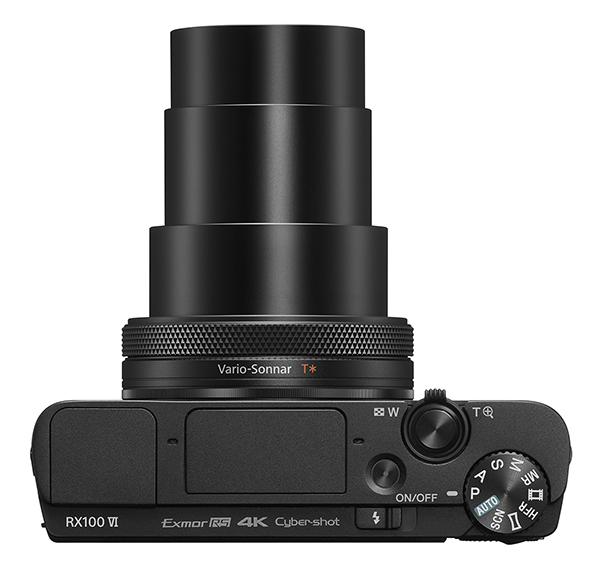
Improved Autofocus
Autofocus speeds have increased to 0.03 second autofocus from 0.05 sec. The RX100 VI also comes with 315-point phase-detection AF points. These autofocus improvements are a huge help to anyone looking to take the RX100 VI to the full extent of its super-macro capability. Good autofocus is imperative for capturing super-macro images where even the slightest movement can drastically change the composition of the shot.
High Resolution Video
The Sony RX 100 VI is also proving to be a supermacro powerhouse in the video world. Consistent with Sony’s commitment to improving its video capability in multiple camera lines, the RX100 VI has been upgraded to be able to shoot 4K movies with full pixel readout and no pixel binning. It can also shoot 4K HDR. This video capability is a milestone for video in compact camera set ups as it is ideal for shooting macro and super-macro video. Keep in mind shooting 4K will require an SDXC card.
Speed
The Sony RX100 VI’s burst shooting can capture 24 frames per second with continuous autofocus and a buffer of about 100 shots. This capability places the RX100 VI among the fastest compact cameras on the market. Therefore, the RX100 VI is also an ideal camera for quick-action underwater photographers – specifically those shooting waves or quick pelagic animals.
Sony Rx100 VI vs The Competition

Is It Worth the Price?
This brings us to the biggest downside of the RX100 VI - the price tag. At a retail price of $1200, it is significantly more expensive than the $1000 cost of the RX100 V (now marked down to $950 on the Sony website). This pushes it up into the price range of mirrorless cameras, for what may amount to relatively paltry improvements for underwater photography usage. So if you are looking at this camera primarily for underwater use, you will get better value with the RX100 V, RX100 IV or Canon G7X Mark II. But if you are looking for an improved compact camera for heavy topside use, the telephoto lens, autofocus, and touchscreen control could be worth the hefty investment. After all, although this camera is priced like a mirrorless, it is still a premium compact camera which you can fit into a modestly sized jacket pocket. It's also important to consider the amazing macro capability of the RX100 VI. If you are an avid macro and supermacro photographer, it just might be worth the price.
Who Should Consider Purchasing this Camera?
Macro photographers. The RX100 VI is a macro and supermacro powerhouse. The zoom and detail is almost unbeatable when compared to other compact cameras.
As with any upgrade, Sony had a specific market in mind with it's new upgrades - street photography. The significant increase in zoom is perfect for street photographers wishing to remain inconspicuous while taking close photos of their subjects. Although it might detract from wide-angle underwater photos, this camera could be perfect for underwater dive trips with a lot of topside excursions or animal life such as whales, dolphins, and birds. The excellent burst shooting capability will further enhance quick action topside wildlife photos when combined with the telephoto lens.

Check out the RX100 VI Camera at our sister company, BlueWater Photo!
Best Lenses for the Sony RX100 VI
As mentioned, due to the extension of the lens when fully zoomed, different ports are necessary when shooting with macro or wide angle wet lenses and the RX100 VI. This means that the type of wet lens used will need be chosen prior to diving and limits the diver to shooting either macro or wide-angle during a dive – not both.
Macro
Macro wet lenses allow you to get even closer and more detailed photos than the already capable 200 mm zoom on the RX100 VI. A strong diopter such as the Nauticam Super Macro Converter or the Kraken KRL-03 +12 can be a great way to open up the realm of super macro photography. Going for something with a little less magnification such as the Bluewater +7 is an easier option for beginner macro photographers.
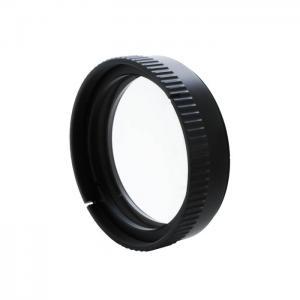
Bluewater +7 Macro Lens - The Bluewater +7 is a high-quality two-element macro lens made of optical glass. It is UV-coated and anti-reflective. It offers a much cheaper price point than the Nauticam lenses, although it also offers slightly less magnification. Slightly less magnification is great if you are just starting out in the world of macro photography. The zoom capability of the RX100 VI is very good, so this can be all that you need to take beautiful macro photos. Bluewater +7
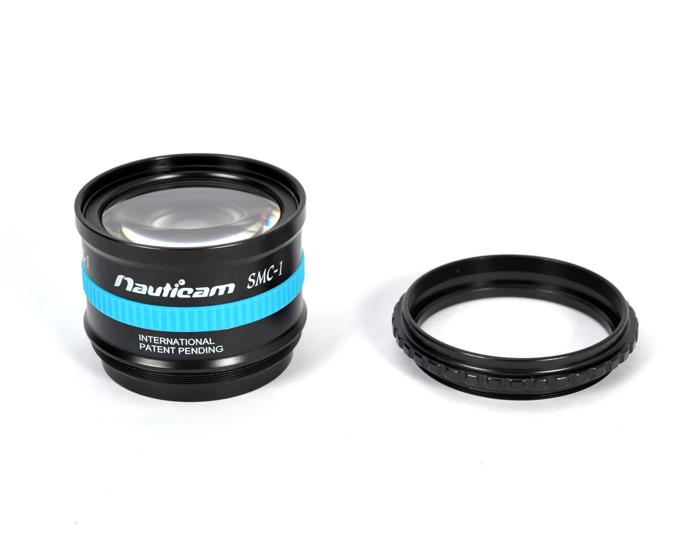
Nauticam Compact Macro Converters (CMC-1 & CMC-2) - Both Nauticam CMC lenses offer amazing sharpness, with varying strengths of magnification. 4.5 & 2.8 average magnification respectively, it's great to have both within your quiver of lenses for maximum versatility while diving and shooting macro. Nauticam CMC-2 or Nauticam CMC 1. These are the highest quality macro lenses for taking supermacro images with the RX100 VI.
Wide Angle
Without a wide angle wet lens, compact cameras tend to struggle in the area of wide angle underwater photography. A wide angle wet lens allows the photographer to take photos with a wider field of view and get closer for more color and detail in the image.
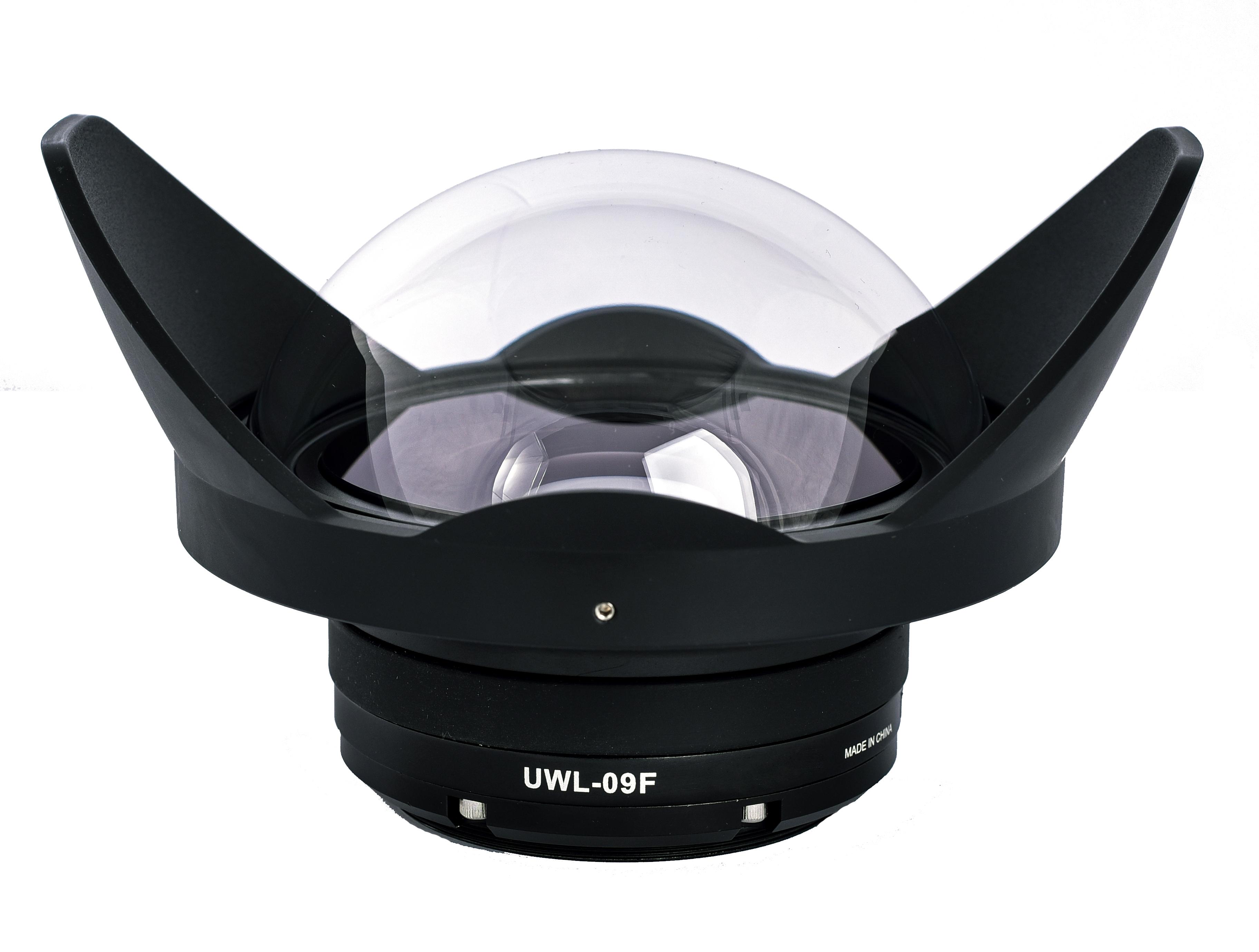
Fantasea UWL-09 Wide Angle Lens - This wide-angle option provides a great 130-degree Field of View, allowing you to switch over to wide angle for reefscapes, large animals coming in close, etc. Image results are sharp from corner to corner with minimal abberations. In addition, the lens will focus through out the zoom range of your camera.
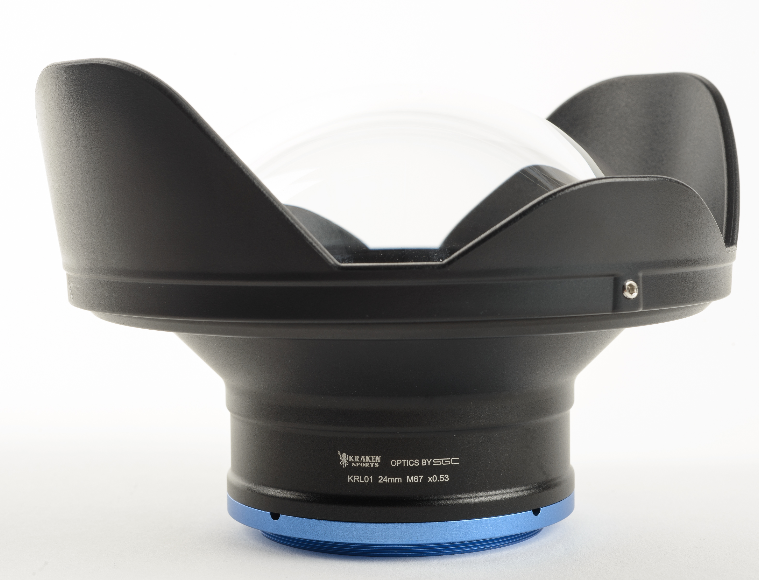
Kraken Sports KRL-01 - The KRL-01 was designed to work with a variety of cameras at 24mm focal length, and features full zoom through capability. It has a multi-layer BBAR coating for anti-reflection and improved optical clarity. It is even compatible with micro 4/3 and full frame cameras, providing a great choice for anyone who may upgrade in the future. The KRL-01 offers a whopping 145-degree filed of view!
Underwater Housings for the Sony RX100 VI
A wide range of high quality housing are already available for the Sony RX100 VI. Top brands include Nauticam, Recsea, Fantasea, Sea & Sea, and Ikelite. Be sure to check out the Bluewater Sony RX100 VI underwater housing buyer's guide.
Nauticam RX100 VI Housing
Price: $1,100
Nauticam housings are crafted from high quality aluminum, with controls and dials designed for great ergonomics. This housing features the N50 standard port system which allows for a full range of zoom with the lens. This compact port system allows the shooter to change ports like a Mirrorless or DSLR camera, in order to achieve the best quality optics underwater.
Watch our video review of the Nauticam RX100 VI Housing here.
Additional Nauticam Housing Accessories:
Nauticam N50 Short Port With Bayonet Mount
Price: $180
The Nauticam N50 Short Port with Bayonet Mount is designed to allow for fast port changes underwater when using a camera housing with the N50 port system and wet lenses such as the WWL-1 and CMC along with the Nauticam bayonet system. A short port is necessary for these wet lenses as the normal N50 port that is included with the housing is long enough for the full range of zoom, but too long for wet wide angle lenses.
Nauticam N50 Original Short Port
Price: $180
The original Nauticam N50 Short Port is great for threading wet wide angle lenses such as the AOI UWL-09 and Kraken KRL-01 onto your RX100 VI Nauticam Housing for amazing wide angle images. The thread is 67mm, and fits with many wet wide angle lenses. A short port is necessary for these wet lenses as the normal N50 port that is included with the housing is long enough for the full range of zoom, but too long for wet wide angle lenses
Nauticam Flip Diopter Holder
Price: $220
If you're a macro junkie, Nauticam's flip diopter holder will enable you to capture amazing macro photographs with underwater diopters. The diopter screws into a universal 67mm thread and is flipped in front or away from the port at will.
Ikelite RX100 VI Housing
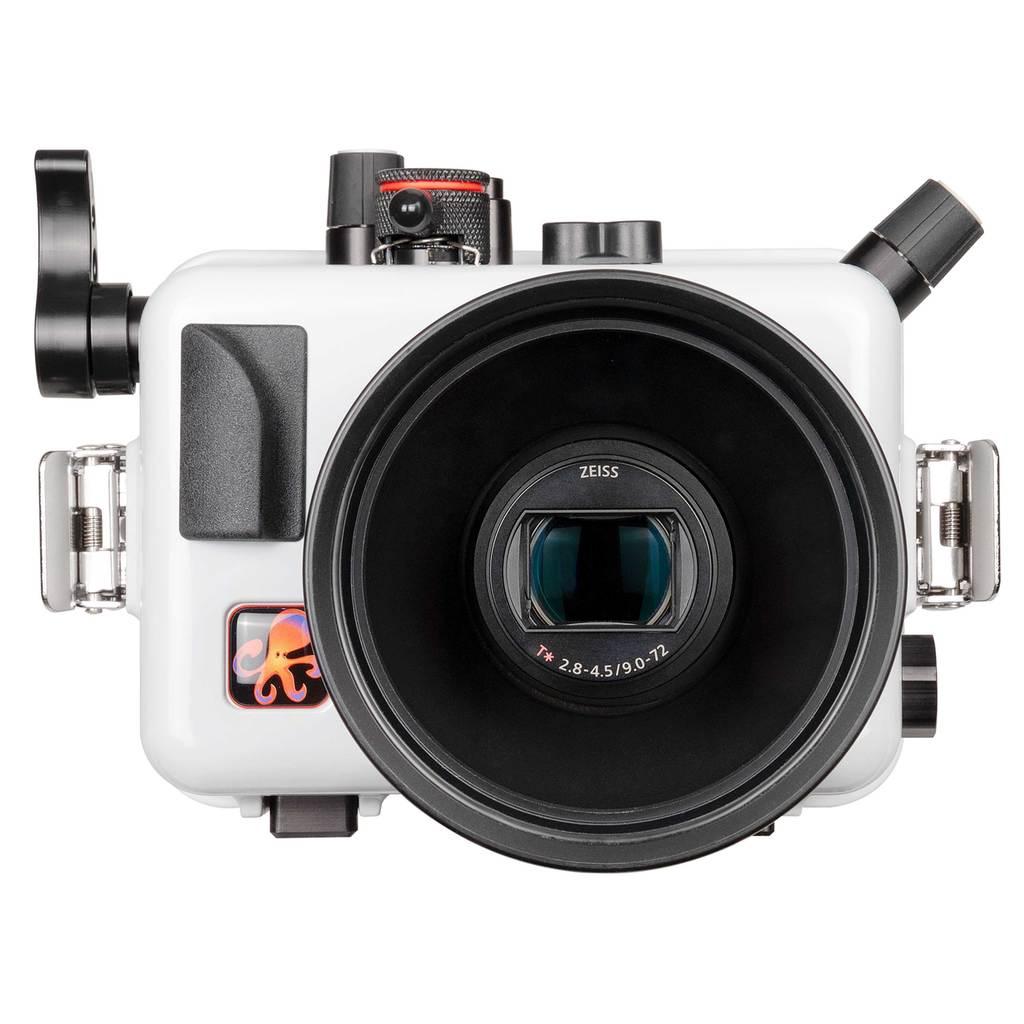
Price: $495
This housing is crafted from lightweight, strong ABS Polycarbonate and ready for any in or near water use such as scuba diving, pool photography, surf photography and more.The Sony RX100 VI has an extended zoom lens in addition to many other new features. To make it useable underwater with such a long zoom range, Ikelite has developed a new removeable port for the Ikelite Sony RX100 VI Underwater Housing.
Watch our in depth review of the Ikelite RX100 VI Housing here.
Fantasea RX100 VI Housing
Fanstasea offers an excellent underwater housing for the Sony RX100 Mark VI camera. Fantasea has been known to produce robust, sturdy, and lightweight underwater housings at an affordable price. They design their underwater housings to have great ergonomics.
Recsea RX100 VI Housing
Recsea offers high quality polycarbonate housing for the Sony RX100 VI. Designed with the same precision engineering as the high quality aluminum housings, the new CW housing comes at a much lower price, great if you are on a budget.
Sea & Sea RX100 VI Housing
Sea & Sea has been known to produce high quality aluminum underwater housings. Their build quality is top notch and their housings are durable and sturdy. The ergonomics of their housins is great and well thought of.
Sample Underwater Photos
Mid-Range Photo Capability
Macro and Super Macro Capability
Underwater Settings for the Sony RX100 VI
Check that these key function are set on your camera menu before diving with the Sony RX100 VI:
- The most important menu setting is to make sure the AF Illuminator is turned off, otherwise your camera will have trouble focusing once inside the underwater housing.
- Select Raw & JPEG so that you can easily share JPEGs but also edit RAW files more effectively
- Select AVCHD for video file setting
- Set creative style to vivid if you want more reds to come out underwater in your JPEG or neutral if you will be editing all your files
- Turn on Auto Review if you want to view each photo immediately after capturing it. The suggested time is 2 seconds.
- Flash mode: fill flash, flash compensation to 0.0
- Red Eye Reduction: off
Memory Recall Function: Due to the RX100 VI's amazing zoom capability, when in a housing in a standard port, the lens can actually hit the port glass when zoomed in all the way. Using the memory recall function you can set the camera so that it "remembers" specific zoom levels and does not hit the port. This will allow you to easily switch between wide angle and macro on a standard port. In order to use memory recall, put your camera in manual mode. Then zoom in with the camera in the housing, so that the lens does not hit the port glass, but enough to take a macro photo. Go into the menu and go to panel 9 under the camera icon. Click memory and then click a number (at the top of the memory panel) to save your settings. When you need to access your setting in memory recall, switch the dial at the top to MR and your settings will show up. You can set individual settings for shooting wide angle, macro, and mid-range photos as you can save three different memory recall settings.
Shooting Macro
Remember that apterture controls your depth of field, choosing a larger number aperture will mean more of the image will be in focus. For starting settings on the RX100 VI we recommend at least F8. In addition we always recommend using a focus light when shooting macro in order to help your camera lock focus more quickly and accurately.
Best Macro Settings with a strobe (no wet lens):
- Manual Mode
- Auto White Balance
- F8
- 1/500s
- ISO 80
Make sure you are zoomed out all the way for best focusing and image quality. If using a strobe, Auto White Balance delivers accurate color balance - just remember to set the internal flash to forced flash mode and your strobe to TTL (or manual if you're comfortable with more adjustments).
Remember that shooting at an aperture of F8 will allow for much of the subject to be in focus. You can also experiment with opening the aperture down to F2.8 for a shallow depth of field.
Best Super Macro Settings with a strobe (using a wet lens):
When shooting with a macro diopter, you will want to zoom in to create as much magnification as possible of the subject. Because of the increased magnification, stop down the aperture to create more depth of field. Our recommended starting settings are:
- Manual Mode
- Auto White Balance
- F11
- 1/500s
- ISO 80
Shooting Wide Angle
Remember that shutter speed controls the amount of ambient light in the photograph. The faster the shutter speed, the less light in the background. This is important primarily when shooting wide angle with a strobe. Zoom the camera all the way out and get closer to your subject for best lighting. Shooting with a wet wide lens* allows you to get a wider field of view while being very close to your subject and is recommended for the best wide angle shots.
Best Wide Angle Starting Settings, with a Strobe:
- Manual Mode
- Auto White Balance
- F6.3
- 1/125s
- ISO 80
- Camera on Forced Flash (not auto or it may not flash!)
- Strobe on TTL (auto controls) or Manual with Preflash (adjust power as needed)
*Some wet wide lenses may vignette on the RX100 VI (dark corners), if this is the case zoom in as little as possible until the vignetting is gone.
Use strobe power to control the light on your subject, adjust shutter speed to control the light in the background.
Shooting Wide Angle with Ambient Light:
- Adjust your aperture and shutter speed from the settings above to properly expose the foreground (ie: let in more light).
- Shoot with the sun behind you for better colors and less shadows.
For shooting creatie wide-angle such as a sunburst or silhouette, stop down the aperture to F11 and/or increase your shutter speed to 1/1000s or faster. This will decrease the light entering the camera and help freeze the water to capture stunning sun rays.
Conclusion
The release of the RX100 VI presents new and exciting opportunities for the compact underwater photographer in an ever-developing field. Its super macro capability is unparalleled in the macro world, especially when paired with wet macro lenses. Accordingly, improved autofocus makes shooting macro a breeze. And when this AF is paired with the RX100 VI’s burst mode, the camera becomes a formidable tool for quick-action pelagic photography. To top it off, the enhanced 4K video capability is enticing for super-macro video shooters and photographers looking to expand their artform into the real of video.
RECOMMENDED ARTICLES
SUPPORT THE UNDERWATER PHOTOGRAPHY GUIDE:
The Best Service & Prices on u/w Photo Gear
 Visit Bluewater Photo & Video for all your underwater photography and video gear. Click, or call the team at (310) 633-5052 for expert advice!
Visit Bluewater Photo & Video for all your underwater photography and video gear. Click, or call the team at (310) 633-5052 for expert advice!
The Best Pricing, Service & Expert Advice to Book your Dive Trips
 Bluewater Travel is your full-service scuba travel agency. Let our expert advisers plan and book your next dive vacation. Run by divers, for divers.
Bluewater Travel is your full-service scuba travel agency. Let our expert advisers plan and book your next dive vacation. Run by divers, for divers.






